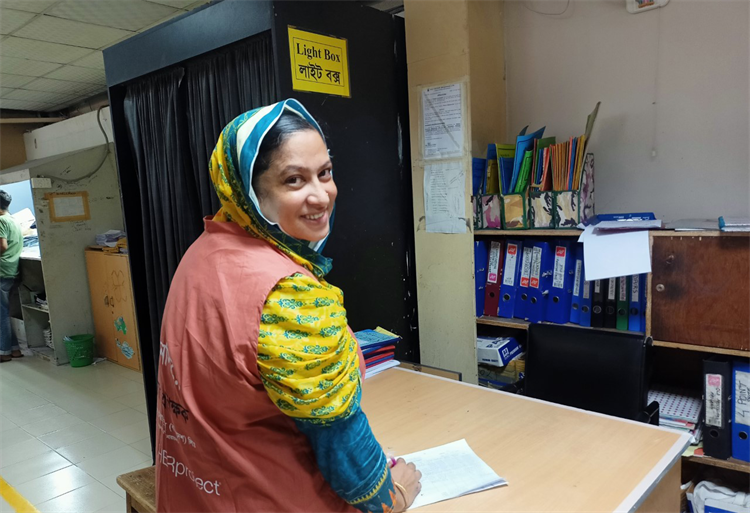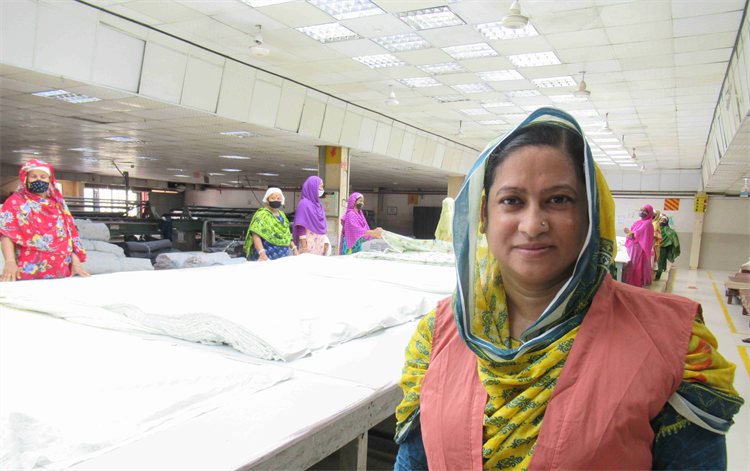
Women supported in Kmart and Target supply chain


Women represent approximately 60 per cent of workers among Kmart's and Target’s suppliers. Yet some female workers do not have access to the basic services needed to ensure health and wellbeing, or the skills training and opportunities to support their professional development.
Kmart Group believes all women deserve the opportunity to have a voice and reach their full potential, both in their work life and home life. That is why Kmart and Target have committed to support health, education or professional skills training for at least 100,000 women in our supply chain by 2025. To achieve this, the businesses have partnered with BSR HER project - a collaborative initiative to empower low-income women working in global supply chains. Bringing together international companies, suppliers and local NGOs, the HER Project drives impact for women and businesses via workplace-based interventions on health, financial inclusion and gender equality.
Currently, Kmart and Target fund the delivery of two BSR HER programs: HER Health and HER Essentials. HER Health aims to improve health and wellbeing outcomes for female factory workers, while the HER Essentials Program is designed to help women who have been disproportionately impacted by the economic and social consequences of COVID-19.
Based on needs analysis and the strength of existing social welfare systems, Kmart and Target have prioritised implementation of the HER Health and Essentials programs with suppliers located in Bangladesh, India, Indonesia and Vietnam. These countries also tend to have factories with large numbers of female workers, which increases the scale of impact.
As at 30 June 2022, almost 60,000 female workers were enrolled in different HER Project programs across 24 Kmart and Target supplier factories in Bangladesh, India and Vietnam.
Although it is early days, the initial signs are encouraging. An assessment of the HER Essentials program has reported that it builds confidence in women (including through learning to use technology), supports explanation of sensitive topics (such as reproductive health), and provides a channel for informal feedback among workers.